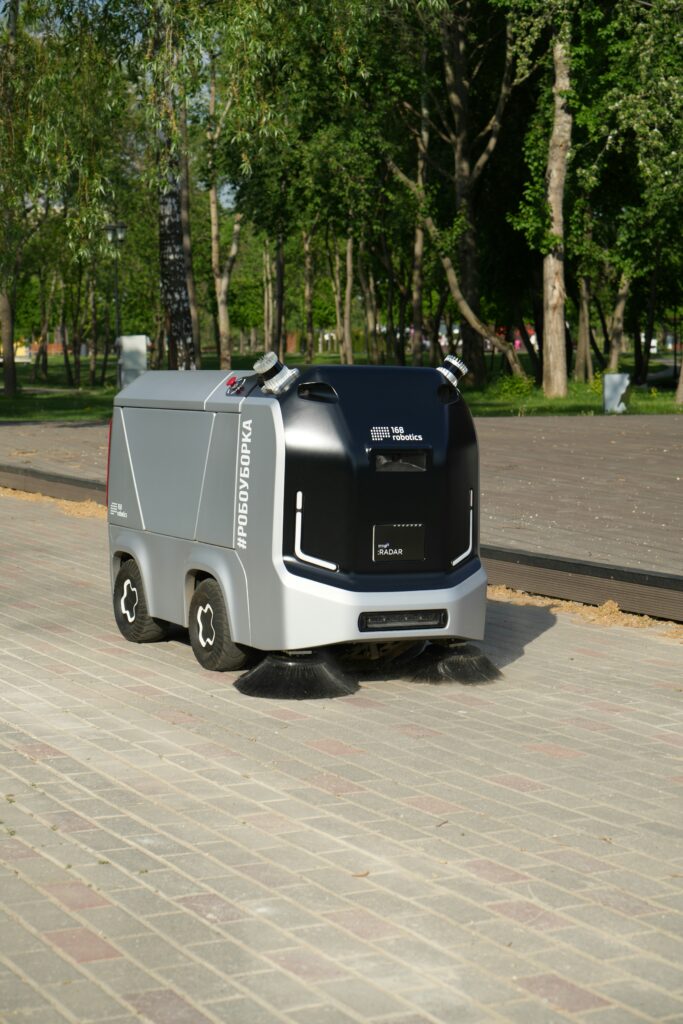Have you ever imagined a world where your food is delivered by a robot? Well, that future may not be as far off as you think. With the rise of autonomous delivery vehicles, companies like Nuro and Starship Technologies are revolutionizing the way we receive goods.
These pint-sized robots are equipped with advanced sensors and GPS technology, allowing them to navigate busy streets and deliver packages right to your doorstep. And the best part? They do it all without a human driver in sight.
According to a report by McKinsey & Company, the global market for autonomous last-mile delivery is projected to reach $91 billion by 2030. This growth is driven by the increasing demand for faster and more efficient delivery services, as well as the potential cost savings from using autonomous vehicles.
In a statement from Nuro’s co-founder, Dave Ferguson, he emphasizes the potential benefits of autonomous delivery vehicles: “Our goal is to provide a safe and convenient way for consumers to receive their goods, while also reducing traffic congestion and carbon emissions.”
As the technology continues to evolve, it raises important questions about the future of work and the potential impact on traditional delivery drivers. While autonomous delivery vehicles may streamline operations for businesses, some worry about the implications for jobs in the industry.
Overall, the rise of autonomous delivery vehicles represents a significant shift in how we think about transportation and logistics. It’s an exciting glimpse into the future of technology and business, where robots may soon be as common on our streets as delivery trucks.



